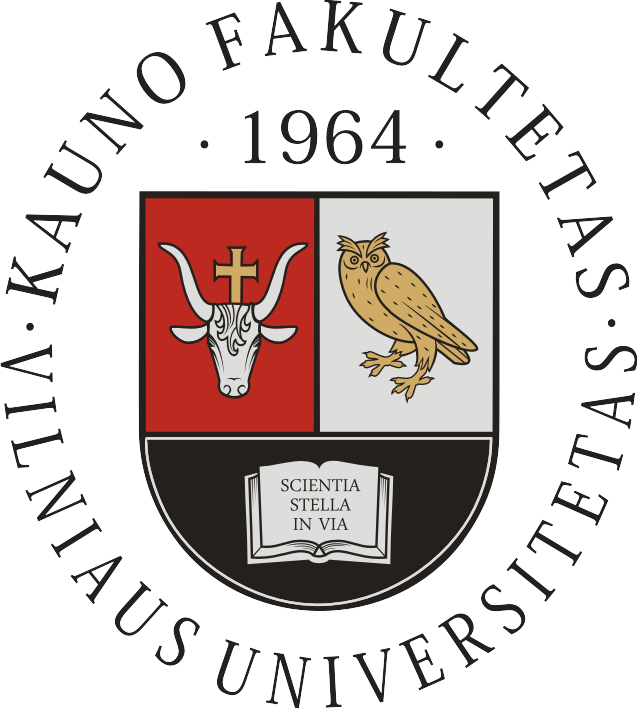Transformations in
Business & Economics
- © Vilnius University, 2002-2022
- © Brno University of Technology, 2002-2022
- © University of Latvia, 2002-2022
Article
EFFECTS OF MULTIPLE MONETARY POLICY TOOLS ON ENTERPRISES' R&D INVESTMENT: DIFFERENCES AMONG INDUSTRY CATEGORIES2
Zhenjiang Dou, Mengxiang Xie, Xiaojun Wang
ABSTRACT. As one of the asymmetries of monetary policy transmission, the industrial effects of monetary policies often lead to different influences on various economic subjects or industries. To explore the asymmetric effects of monetary policies on different industrial R&D investments, 2,126 listed companies in the Shanghai Stock Exchange and Shenzhen Stock Exchange from the first quarter of 2008 to the fourth quarter of 2020 were selected as samples. Sample companies were divided into labour-intensive, capital-intensive, and technology-intensive industries by clustering method according to the degree of factor intensity. On the basis of theoretical study, influences of quantitative-type traditional monetary policies, price-type traditional monetary policies, and structural monetary policy tools on industrial R&D investment were investigated through an empirical study based on panel factor augmented vector autoregressive model (panel FAVAR). Results demonstrate that quantitative easing (QE) monetary policies promote enterprise innovations, whereas tight ones inhibit enterprise innovations. The influences of monetary policies on different industrial R&D investments are asymmetric. QE monetary policies influence the technology-intensive industrial R&D investments the most, whereas tight monetary policies inhibit the labour-intensive industrial R&D investments the most. For structural monetary policies, increasing pledged supplementary lending supply can promote capital intensive industrial R&D investments more. Increasing mid term lending facilities can promote labour-intensive industrial R&D investments more significantly, and increasing standing lending facilities can facilitate technology-intensive industrial R&D investment better .
KEYWORDS: monetary policy, R&D investment, industry-based comparison.
JEL classification: C22, D21, E51.
2Acknowledgments: This study was supported by the Outstanding Youth Project of Education Bureau of Hunan Province (No. 20B326), the construct program of the applied characteristic discipline-Applied Economics in Hunan Province (No. 2018469) and the General Project of Hunan Social Science Achievement Evaluation Committee (No. XSP21YBC193).

